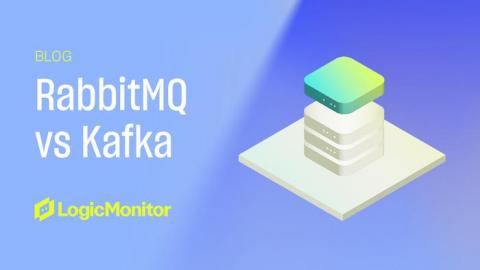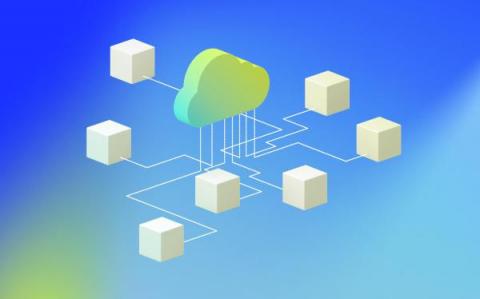Will Automation Replace the IT Workforce?
Whether you work in Manufacturing, Tech, or Retail, you’ve likely considered the impact of automation in your industry. The rapid digital transformation brought on by the COVID-19 pandemic forced many leaders to face this concern head-on. But for IT, there is no cause for alarm. Automation is not designed to replace the workforce; it is designed to be ITs greatest asset.











